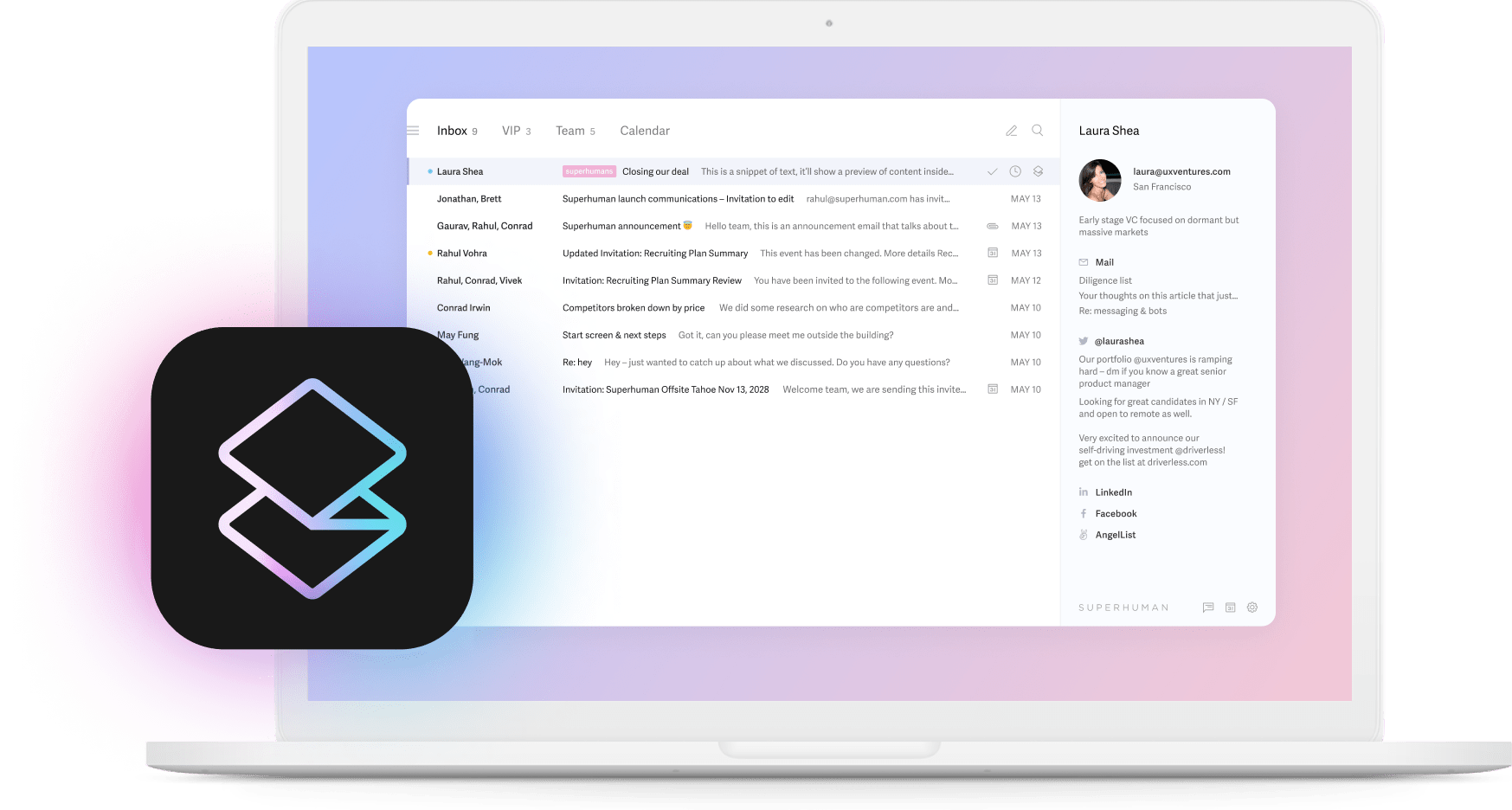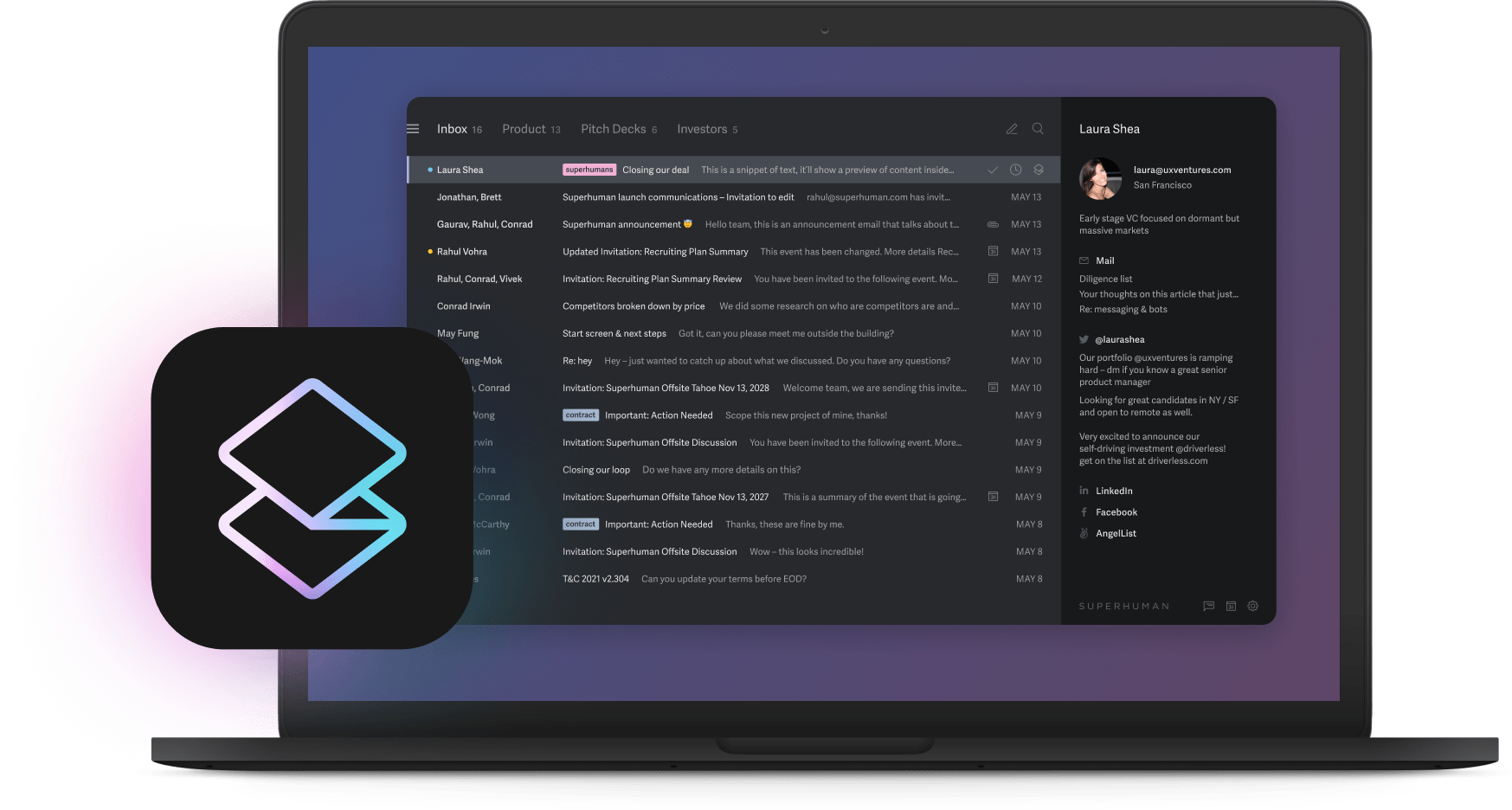
By many measures, it's better to keep a customer you already have than to find new ones.
Studies have shown that acquiring a new customer can cost up to 7 times more than retaining an existing one. Increasing customer retention by just 5% can increase profits by up to 95%. Selling to an existing customer has a success rate of 60-70%, compared to 5-20% for a new customer. Investing in customer success — especially when it comes to customer retention — can pay off in a big way.
But finding the right customer retention strategies can be a challenge. It can help to look to some of the most successful brands — with the most loyal customers — and take a page out of their book. These 14 strategies have been tested, and proven, by companies that are known to delight their customers, making them well worth a try for other businesses.
What is customer retention?
Customer retention is a measure of customer loyalty. It measures how well a brand or business keeps customers returning.
A company that has a high customer retention rate will have many customers who make repeat purchases, or maintain active subscriptions or memberships. This also means that, over time, long-term, satisfied customers become deeply loyal to your brand.
A customer retention strategy is put in place to help deepen bonds with customers and encourage loyalty. It's meant to encourage retention and discourage churn, often in multiple different ways. For example, a comprehensive customer retention strategy might encourage retention by anticipating customers' needs, and discourage churn by clearly differentiating your product from that of your competitors.
As you'll see below, there are a lot of tactics that can go into your customer retention strategy, but the important thing is to have a strategy. Customer retention is something brands should be actively thinking about and striving for.
How to calculate your customer retention rate
Before we get into the strategies and case studies, it can help to know where you're starting from. You can calculate your customer retention rate over a period of time using this formula:
Retention Rate = ((CE-CN)/CS)) X 100
- CE = your total number of customers at the end of a time period
- CN = the total number of new customers you acquired during that time period
- CS = your total number of customers at the beginning of the time period
Here's an example of the formula in action. Let's say Company A wants to calculate its customer retention rate for the first quarter of this year. Company A started the quarter with 265 customers and ended the quarter with 293 customers. During the quarter, it acquired 43 customers.
- CE = 293
- CN = 43
- CS = 265
Retention Rate = (293-43)/265 X 100
Retention Rate = 94%
Is 94% a good retention rate? It really depends on the industry and the type of business. For some brands, 94% retention could be an incredible benchmark. For others, it might indicate there's a serious churn problem. It's always a good idea to calculate your retention rate periodically to get a better idea of what a "normal" baseline is for your business. Looking out for fluctuations in your retention rate can help you spot churn problems early on.
14 customer retention strategies (and why they work)
Not every customer retention strategy is right for every type of business. But these 14 examples (with case studies from brands you likely know) can provide a great starting point for choosing the strategies most likely to be effective for your business.
1. View everything through the lens of the customer experience
One of the best ways to boost your customer retention is to make customer experience a central part of your strategic priorities at every stage of the customer journey. Everything your company does should be viewed through the lens of how it will impact the customer experience. Whenever possible, try to empathize with your customers, anticipate their needs, and delight them rather than just satisfy them.
Some important tools for learning what will delight your customers are user research, surveys, and social listening tools. You can also watch what your competition does and aim to provide a better user experience than they do.
Case study: Chewy
Chewy has generated headlines and viral word-of-mouth shares by going above and beyond for its customers, often surprising them with gifts for significant life events, sympathy flowers when they've lost their pets, and even customized pet portraits.
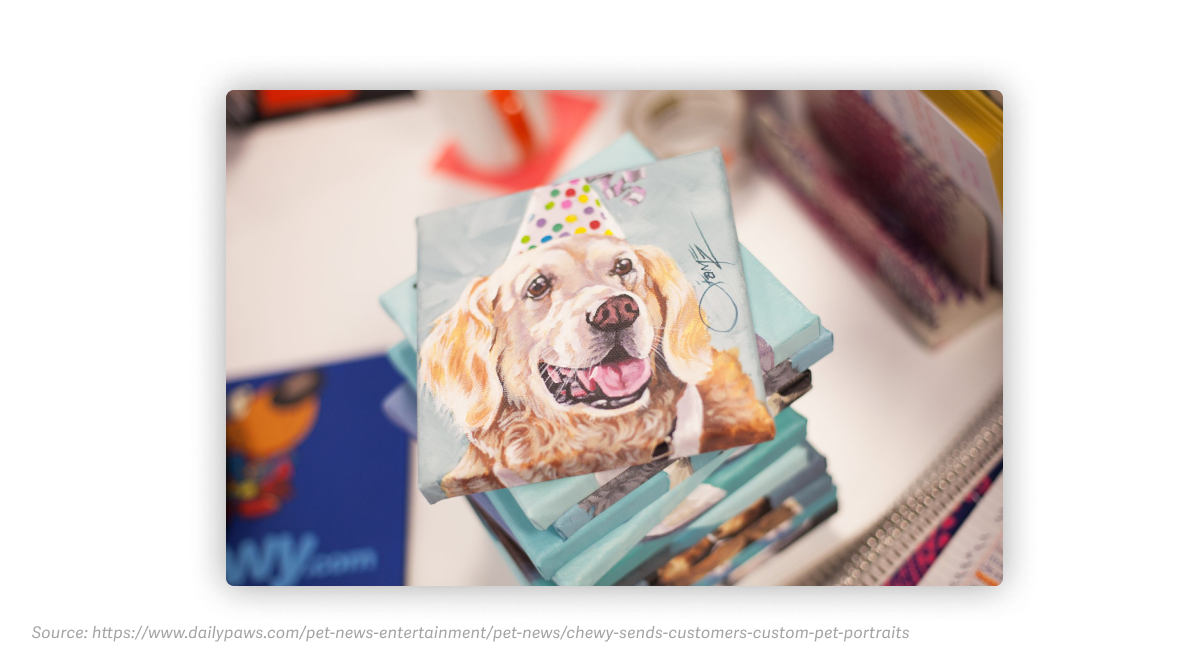
This kind of above-and-beyond service keeps Chewy top-of-mind for its customers, and boosts loyalty.
2. Approach customer onboarding strategically
Onboarding can provide a strong foundation for all future customer success initiatives. It's when customers learn your product or service — including how it can best help them meet their own goals.
Personalizing your customer onboarding process can help boost retention by ensuring that every single customer is getting as much value as possible out of their relationship with your brand.
Case study: Superhuman
Our personalized onboarding sessions help new Superhuman customers achieve Inbox Zero and learn features — as well as blazingly fast keyboard shortcuts — that will help them use Superhuman to its full potential, and keep using it every day. For customers who choose an onboarding, we work with them directly to learn about their challenges and needs, then tailor their onboarding session to focus on what will help them most.
3. Respond to problems instantly
From customer complaints to outages, something is sure to go wrong at some point. No brand will avoid problems and conflicts entirely — what can make or break your customer retention strategy is how you respond to them.
Any problems should be addressed instantly — or as close to instantly as possible. Even if you can't completely solve a problem in moments, at least take the time to update your customers, acknowledging that there's an issue and that you're working on it.
It's also important to take responsibility in the event that the problem is caused by a mistake on your part. Make a sincere apology and explain to customers what you'll do to ensure it doesn't happen again.
Case study: Slack
Millions of workers around the world rely on Slack to keep their workplace communications running smoothly. That's why an outage can be so disruptive to Slack's customers.
Slack has implemented a dashboard where customers can go if they suspect a problem or an outage. Here, the company communicates clearly if there are any known issues, what impact they're having on customers, and the estimated amount of time needed to fix them. Not only does this give users immediate updates, but it helps manage customer expectations about when to expect solutions to problems.

4. Be proactive
While responding to problems as quickly as possible is a great retention tactic, it's also important to be proactive — not just reactive. This means using customer data to learn about your customers — including the differences between what they say and what they do — and anticipate their needs. The brands that are best at this strategy can often anticipate a customer's needs even before the customer themselves.
Case study: Amazon

Amazon revolutionized ecommerce when it introduced product suggestions based on users' past purchases and browsing data. But the online retail giant plans to take being proactive to the next level — Amazon was recently granted a patent for a "system for anticipatory package shipping", which means the company has plans to ship things to customers that it knows they want, even before they click "Buy".
5. Create a divide between you and your competitors
One strategy to prevent your existing customer base from churning is clearly differentiating yourself from any competitors in your industry. This can mean offering a unique product or feature, solving pain points that competitors create or fail to address, or providing a more personalized experience than competing products or services. Just remember, though: if you're going to position yourself as the best, you have to live up to that promise.
Case study: Lush
When you think of bath bombs, the product is almost synonymous with cosmetics company Lush. While Lush offers much more than just bath bombs, they're the product that made the company stand out from so many other cosmetics companies. By using clean, sustainable, and natural ingredients, offering an array of scents and colors, and giving in-store demonstrations to prove that its bath bombs far outperform the competition, Lush made the divide between its products and competitors' versions as clear as possible, a strategy that paid off.
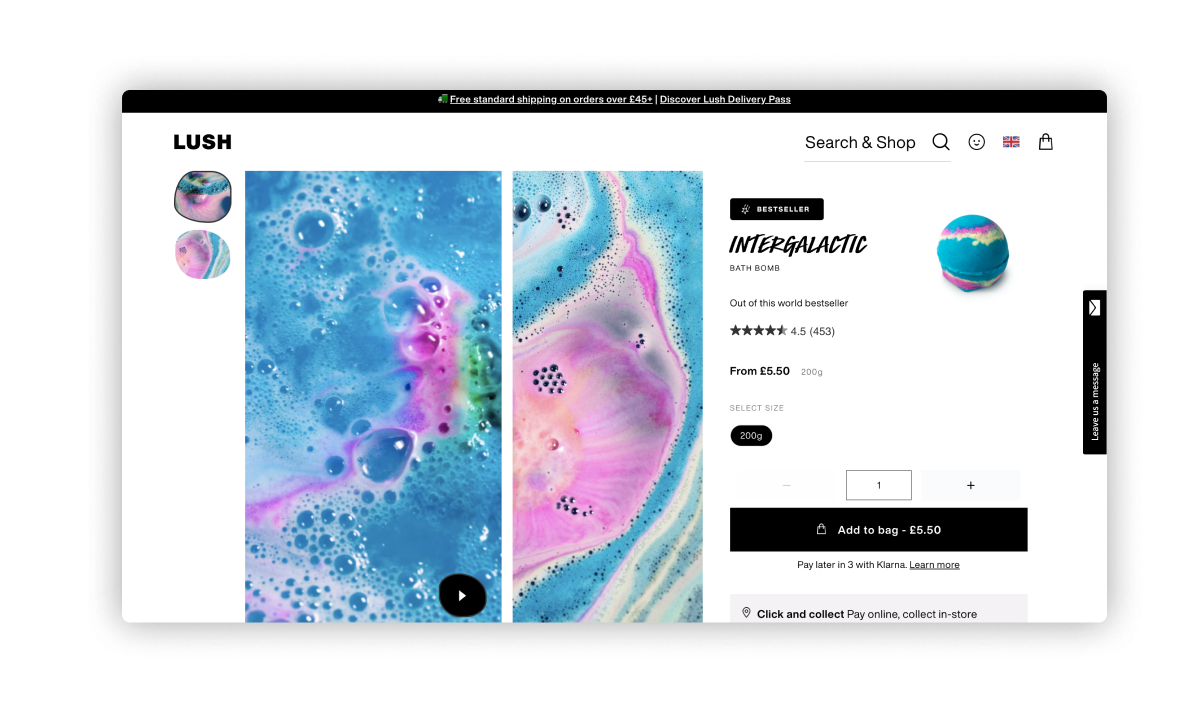
6. Use live customer engagement tools
There's no better time to engage customers than when they're seeking engagement, which is why tools that allow you to offer customer support in real-time are key to a good retention strategy.
Support teams should have a high-quality CRM to help them track support tickets and their communication with customers. Automation can also be helpful here — chatbots can field common questions, shortening response time and triggering a follow up with a CSR only when needed.
Case study: Lemonade
Lemonade, an insurance company made for the digital age, fields all initial support requests through an automated chat system, either online or via the Lemonade app. This isn't your average chatbot, though — Lemonade's automated system is complex and comprehensive, making it easy to get answers to questions or resolution to simple problems in just moments. To further boost customer satisfaction, a CSR follows up with customers, usually within just a few hours.
7. Use game design
Gamification was a big buzzword in tech around 10 years ago, but we quickly learned that simply adding levels, trophies, or badges to a product didn't actually motivate users. Instead, we've now learned how to apply principles of game design to technology to create workflows that feel impactful and joyful, and to add incentives for users to go deeper with a product or service.
Case study: Superhuman
"Build something that people not only want or need, but that they love. Build your software like it's a game," Superhuman creator Rahul Vohra explained on the Traction podcast.
"Nobody needs a game to exist. When you make a game you don't worry about what users want or what they need, you obsess over how they feel. When your product is a game, people don't just use it — they play it. They find it fun, they tell their friends, they fall in love with it."
Superhuman uses game design principles to create goals that are distinct, achievable, and rewarding (namely, reaching and maintaining Inbox Zero). Then, by offering robust controls through keyboard commands and making the entire process fun and fast, you get a product that's not only useful, but a delight to use (and keep using).
8. Listen to customer feedback (and implement it judiciously)
This strategy might seem obvious, but it's important nonetheless: listen to your customers and implement the feedback they provide.
No one knows your product — including its pain points and shortcomings — as well as your current customers. When they offer feedback, take it into careful consideration and treat it as a roadmap for updates and new features. Solicit customer feedback regularly to capture even more useful data about what real users want and need.
Case study: Uber
Uber's reciprocal rating system was groundbreaking when it was first introduced. It helped keep the entire platform safe, as users with low ratings could face consequences like being barred from the platform.
Uber took this philosophy a step further when it listened to customer feedback about very valid safety concerns that can arise from riding with strangers, and added new features, like trusted contacts, to help users feel more secure.
9. Solicit social proof
Social proof is one of the strongest marketing tools available in the digital age — a whopping 93% of consumers say that online reviews have influenced their buying decisions.
Soliciting reviews, testimonials, and social media posts from satisfied customers should be a part of every marketing strategy — and every customer retention program. Not only does social proof help you acquire new customers, but responding publicly to negative reviews can help reduce churn, boosting retention rates.
Case study: Hyatt Hotels
Hyatt encourages customers to share photos from their travels with the #WorldOfHyatt hashtag, turning them into brand promoters. This is an especially effective strategy for a business in the hospitality industry, since travel photos are popular for sharing. Businesses can also incentivize this kind of sharing — a strategy as simple as resharing user generated content (UGC) on the main business page can encourage more customers to share.
10. Keep your company top of mind
If your retention strategy requires regular use of a product or service or repeat purchases, keeping your company top of mind for customers is crucial. There are many ways to do so — having an active social media presence, engaging through regular newsletters and other communications (a strategy we'll discuss in more detail further down), using push notifications, sending regular thank you messages, surprising customers with gifts, and more.
Case study: Starbucks
Starbucks actually utilizes two customer retention strategies in one: it utilizes its customer loyalty program, via its mobile app, to encourage repeat customers.
The key that helped the Starbucks app become so successful is its order ahead feature. It's easier (and so much faster) for anyone, from loyal coffee lovers to first-time visitors, to use it to place advance orders to pick up at a Starbucks location. Many Starbucks locations even use QR codes displayed on their doors to download the app and place an order, allowing you to skip the line if there is one. And accessing birthday freebies and loyalty rewards requires using the app, which boosts its user numbers even more.
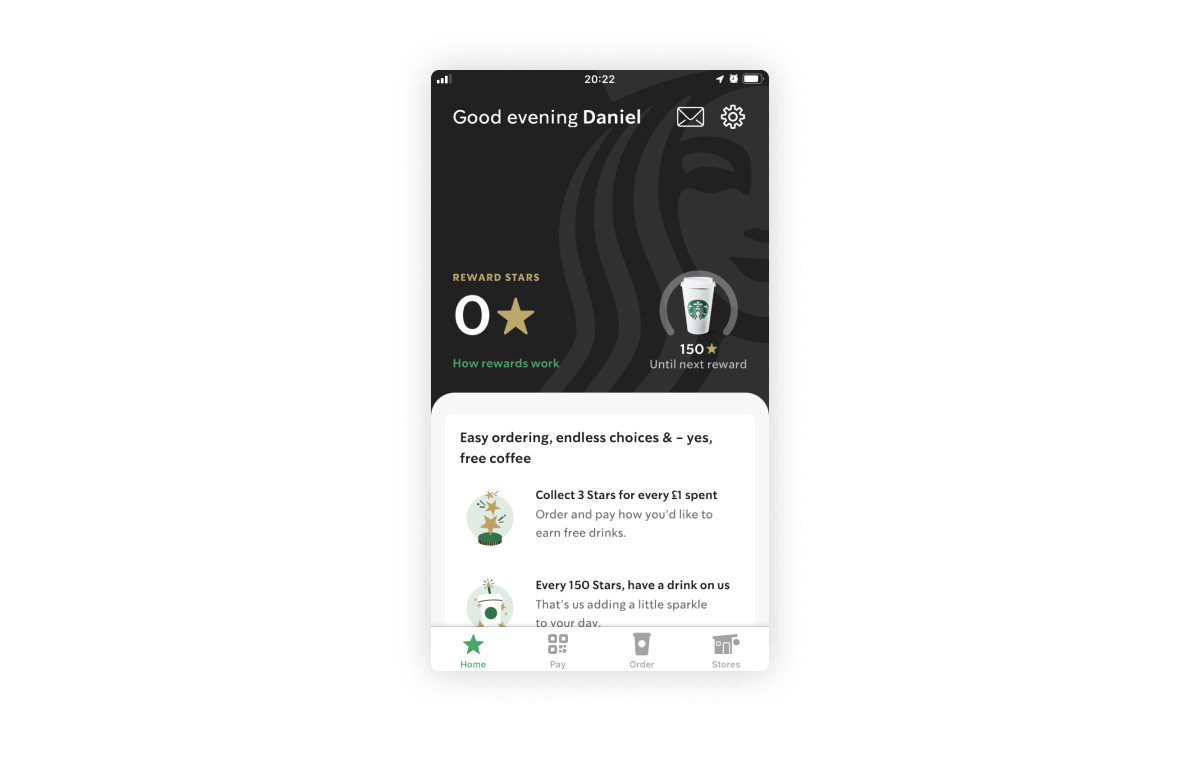
Once customers have downloaded the Starbucks app, it lives on their home screen and sends them periodic push notifications with special offers, flash discounts, and new product announcements. It also ensures that, when a customer needs a mid-afternoon pick-me-up, their favorite Starbucks order can be ready for pickup with just a few quick taps.
11. Educate your customers (but make it fun)
We've already talked about the importance of comprehensive customer onboarding as a retention strategy. But ongoing customer education can also be effective — especially when it's used for maximizing the benefits of your product in fun and easy ways.
Education helps build better customer relationships and ensures knowledge gaps don't cause customers to go looking for a better solution elsewhere. And providing personalized training to help customers meet their individual goals with your product will always help them feel like VIPs.
Case study: Glide
Glide, a no-code mobile app maker, has an extensive, active community where everyone from new users to certified "experts" can ask questions, share tips, and expand their knowledge. Not only does this help educate existing customers to increase their engagement and reduce churn, but it does so with help from other customers, reducing the burden on Glide's CS team.
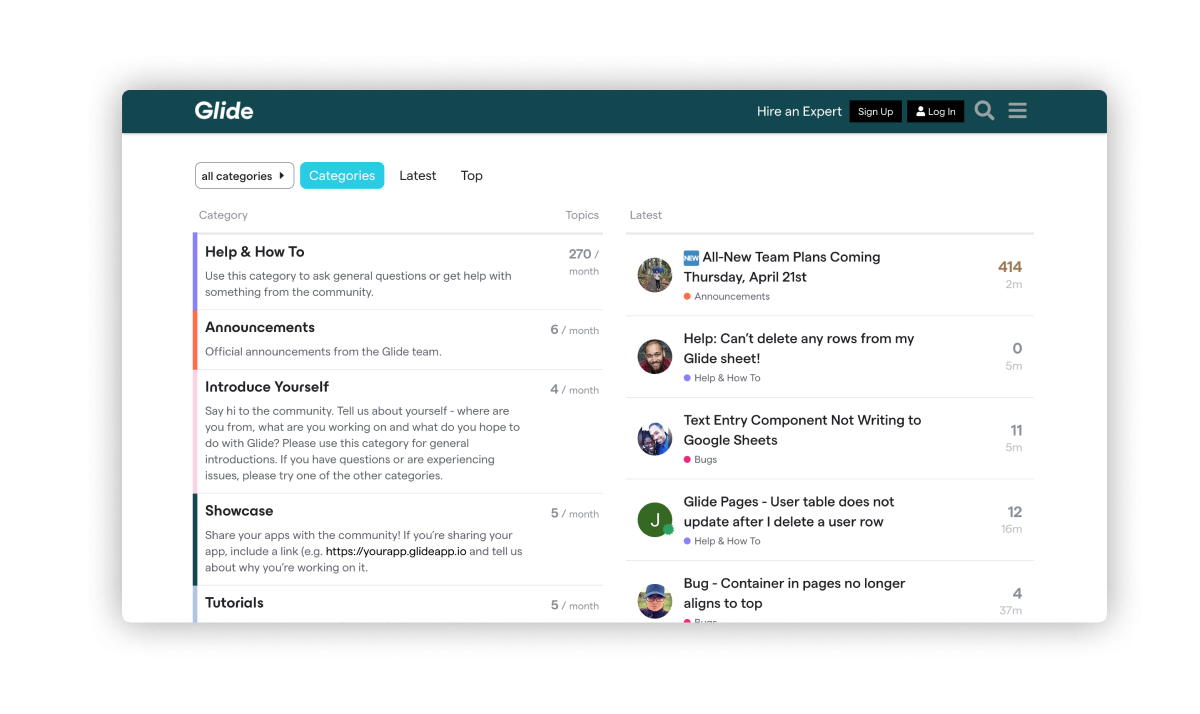
12. Maintain communication with customers
Some of the best customer retention strategies are the simplest, like keeping up communication with your customers from the moment they make their first purchase.
You should strive for multiple communication channels to meet your customers wherever they are. This can include social media posts, SMS messages, email newsletters, and more.
Many of these types of campaigns can be automated with personalization, so you can scale your communication efforts without sacrificing a personal touch. Templates are another great way to streamline the process of communicating with large numbers of customers through multiple channels.
Case study: Uncommon Goods
While many brands use email newsletters to highlight new products or send personalized shopping recommendations, Uncommon Goods stands out. This quirky ecommerce store is never pushy about making sales. Instead, Uncommon Goods' email blasts feature products by crafting a story around them. The result is communication that feels less salesy and more natural and engaging.
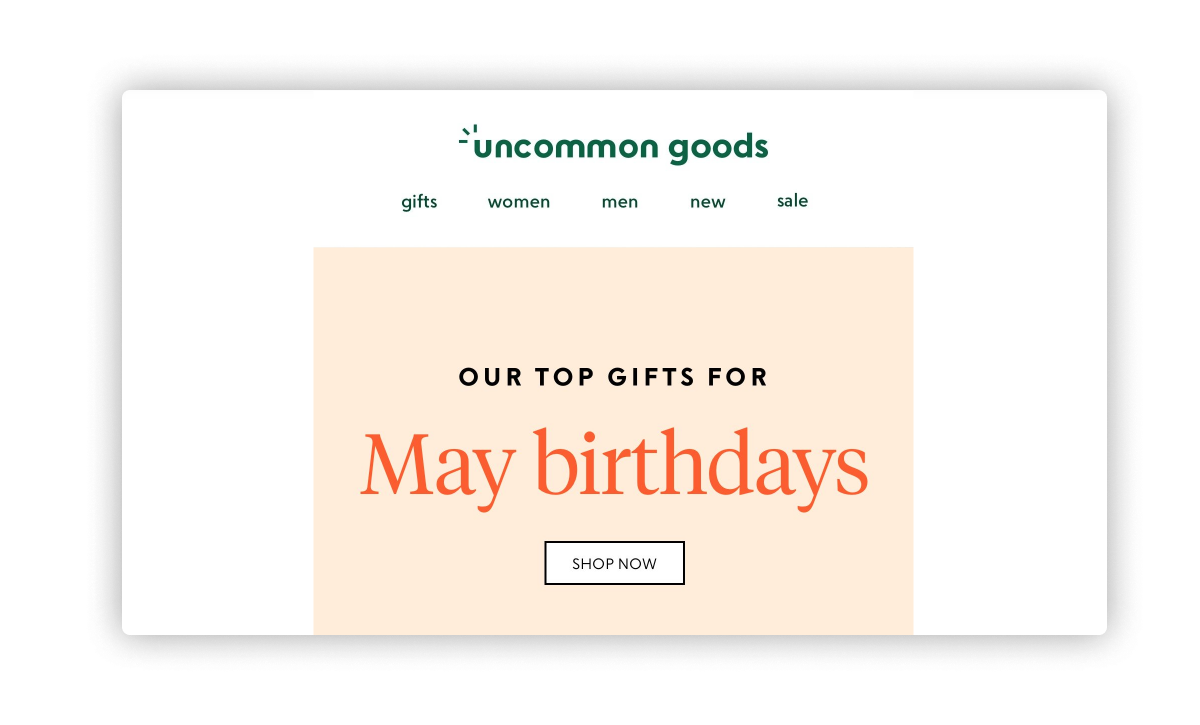
13. Reward customer loyalty
Even if a product or service isn't perfect (as most aren't), customers will be less likely to churn if they can benefit from being loyal — if you reward their loyalty.
Offering loyal customer discounts, special gifts, savings on upsells, and more can help customers see that they have a lot to gain by sticking with a company that values them.
Case study: Sephora
Beauty brand Sephora has a well-known loyalty program called Beauty Insiders, where frequent shoppers can access exclusive products, trade points from purchases for samples or gifts, collect birthday gifts and referral bonuses, and more. The longer you're a member of Beauty Insiders, the more it pays off, making customers likely to keep making return trips to Sephora to earn (and redeem) more of their points.
14. Track customer retention metrics
Finally, an important part of any customer retention strategy is tracking the right retention metrics and KPIs. These should include:
- Customer acquisition rates: How many new customers you acquire in a given time period
- Customer churn rates: How many customers you lose in a given time period
- Customer lifetime value (CLV): How much revenue you earn, on average, from each customer
- Customer demographics (for identifying target personas): This can include age, education level, occupation, geolocation, and more
No matter what customer retention strategies you pursue, metrics will help you track progress and see what's working — and what isn't.
Boosting your customer retention rate doesn't necessarily mean using every strategy from this article. Start out with one or two and build your strategy out over time. The bottom line: if you delight your customers in new and unexpected ways long after they sign up, expect them to stick around for a long time.

